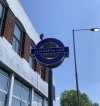That new London Cable Car branding is probably bigger news:How odd. Same platform at LBG, 4 days later.

Anyway – all of these signs are wrong. The signage standard says that "line" should be added to the other lines when appearing alongside Elizabeth line on the Tube Map for consistency, and on line diagrams they should all appear without "line" (presumably also for consistency without having to replace every single line diagram to change the other lines to "line"):
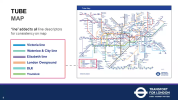
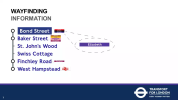
Credit: TfL
Line diagrams like this have been correctly installed on the DLR):
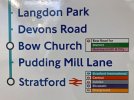
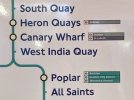
Credit: Diamond Geezer
Bond Street "Elizabeth line station opening 2022" and "Elizabeth line services towards Heathrow and Reading depart from Paddington National Rail platforms" are marked on the line diagrams on the Elizabeth line, here's how those will appear:
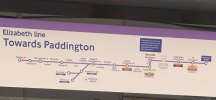
Last edited:

